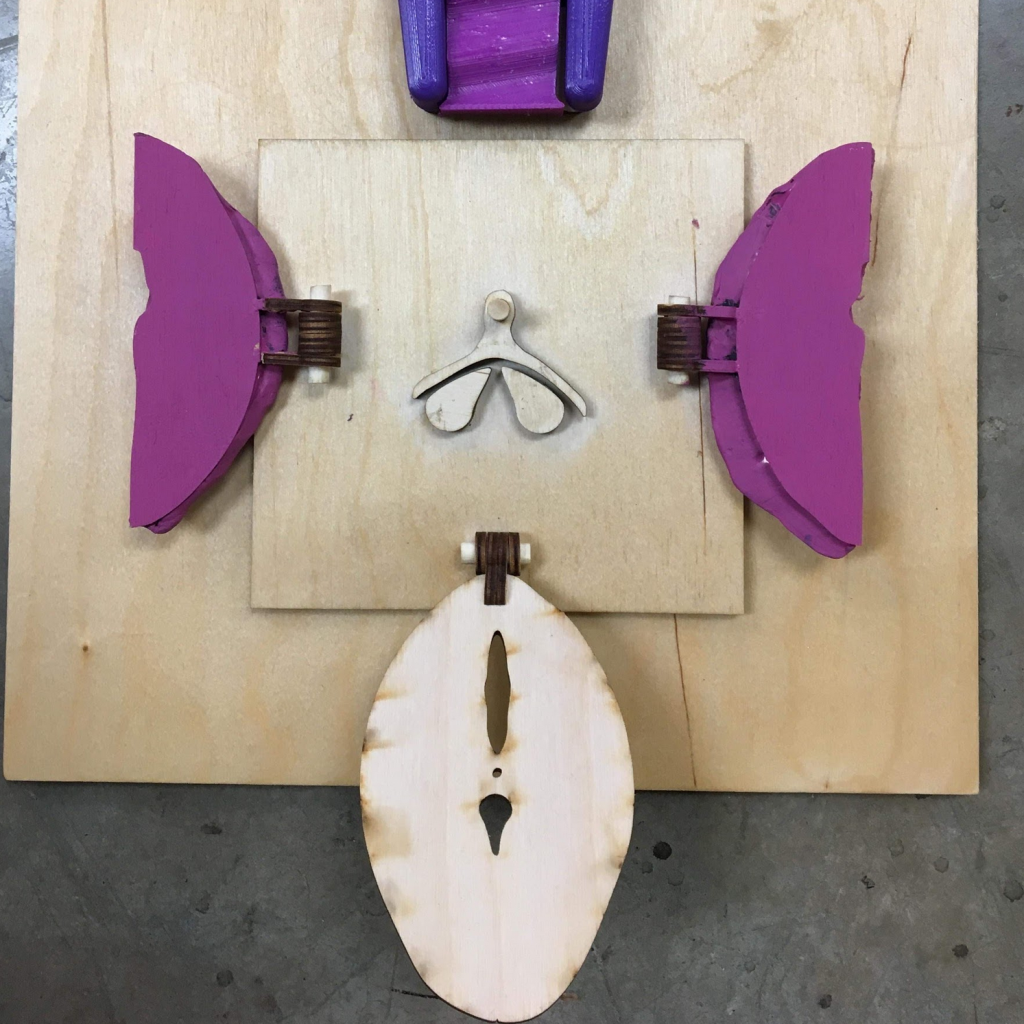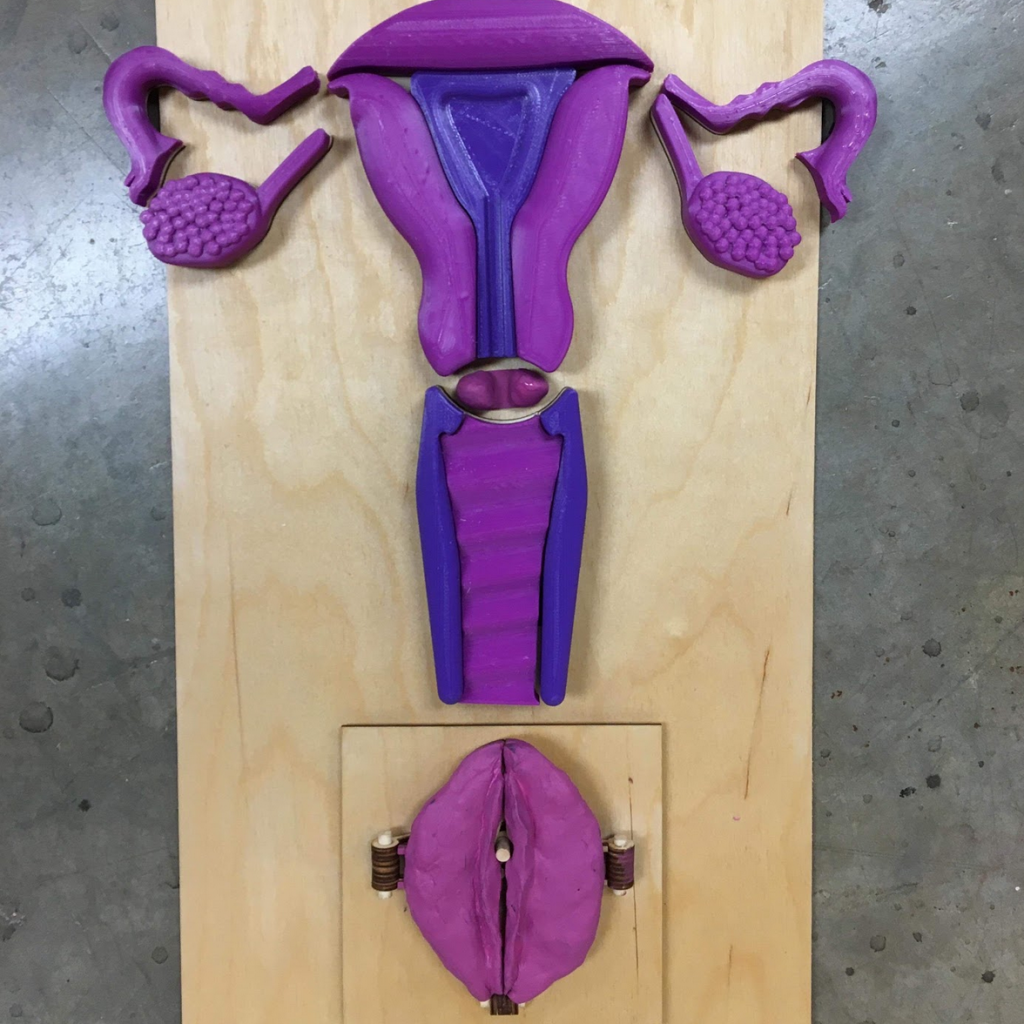GENA: Models for Inclusive Sex Ed
═══ TEAM MEMBERS ═══
Led by Franchesca (Franky) Spektor with Annalise Kamegawa and Hailey Windsor.
═══ PROBLEM ═══
Sex ed is limited for the blind and visually impaired. Current tactile models on the market are also highly expensive and not easily reproducible.
═══ OBJECTIVE ═══
Create a way for people to easily replicate affordable, tactile models for teaching sex education for the blind and visually impaired.
People who are blind or low vision are often excluded from sex education. If they are mainstreamed, health classes rarely have accessible models or diagrams. And even at schools for the blind, teachers don’t always have access to tactile models (which can be very expensive) and must jerry-rig something themselves.
The following text was adapted from Annalise Kamehama’s website. See here →
Introduction
In the spring of 2019, Franchesca (Franky) Spektor, Hailey Windsor, and Annalise Kamehama were approached by Laura Millar (then at the SF Lighthouse for the Blind), a sex educator for blind and visually impaired (BVI) folks, to create sex education tooling for BVI learners. With funding from “Making Together: Crossing Borders + Connecting Communities”, a CITRIS Invention Lab Program, they were able to realize the first iterations of this product. They collaborated with researcher and professor, Cristina G. Reynaga-Peña, from the School of Humanities and Education at Tecnológico de Monterrey, and she connected them with BVI experts and resources both in the United States and in Mexico to aid in the development. They received an Innovation Catalysts Student Grant from the Jacobs Institute for Design Innovation to continue the research. This work is still being continued, but has shifted away from academic research, moving instead toward a Community-based Participatory Research approach.
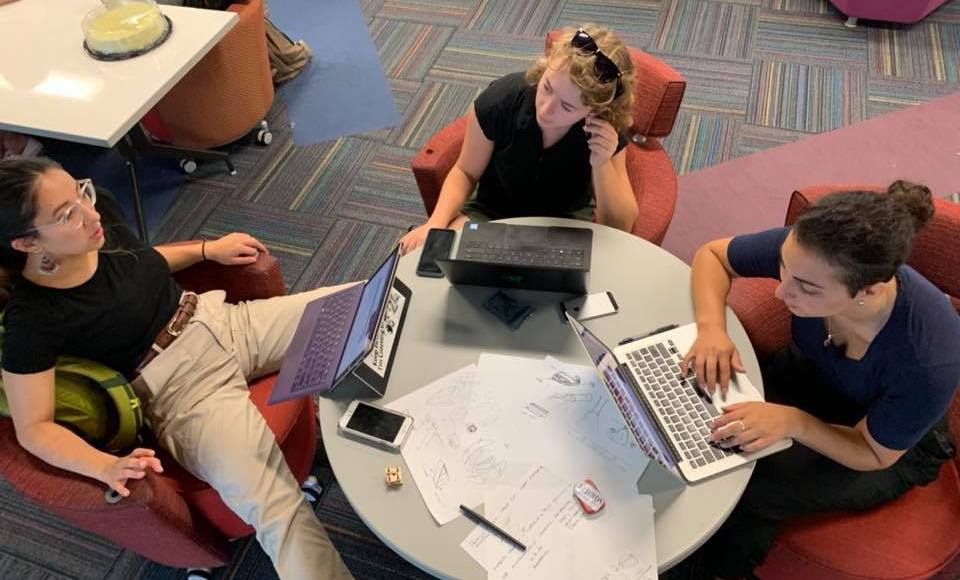

Initial research
They began by doing online and publication-based research on what learning tools looked like for sex education and for BVI students, and found that existing tools for BVI students have huge cost barriers. Additionally, online resources for learning, such as the Vulva Academy Learning Site, primarily used visual modes of teaching. Although they are currently the best and most realistic anatomical teaching tools on the market, the “Jim Jackson” models are exorbitantly expensive at $500-600 and are not explicitly suited for BVI individuals. “The Great Wall of Vagina,” a sculpture piece created by artist Jamie McCartney after casting 400 women’s vaginas, shows the remarkable diversity of human bodies, which is something lacking in traditional sex education. However, this is an artistic work that was not adapted for education. They also looked at existing biological education toolkits targeted for BVI people, such as the “Touch, Label, and Learn Poster: Human Skeleton,” created by The American Printing House for the Blind. Unfortunately, with costs over $100, these models and tools are also out of reach for many educators.

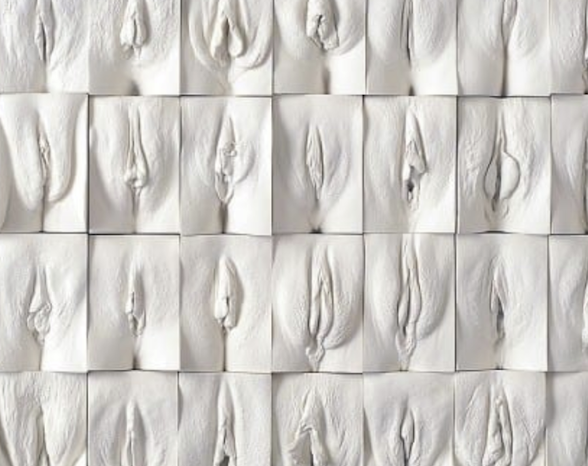
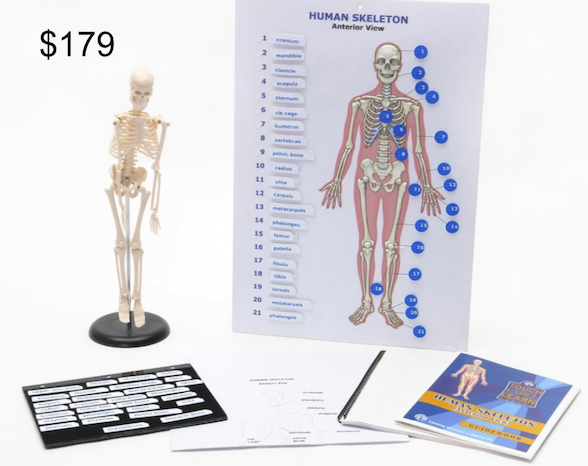
Problem Framing
From the initial research, the project goal was formulated:
Create cheap, modular, sex-positive models for, female anatomy, male anatomy, intersex / non-binary anatomy that can aid in inclusive sex education of BVI people and sighted people.
The team also came up with these questions:
● What level of fidelity & dimensionality is best for BVI people?
● How much anatomy should we reveal?
● What is this project contributing to a larger sex education context?
● How do we make this model work in a variety of settings with unknown resources?
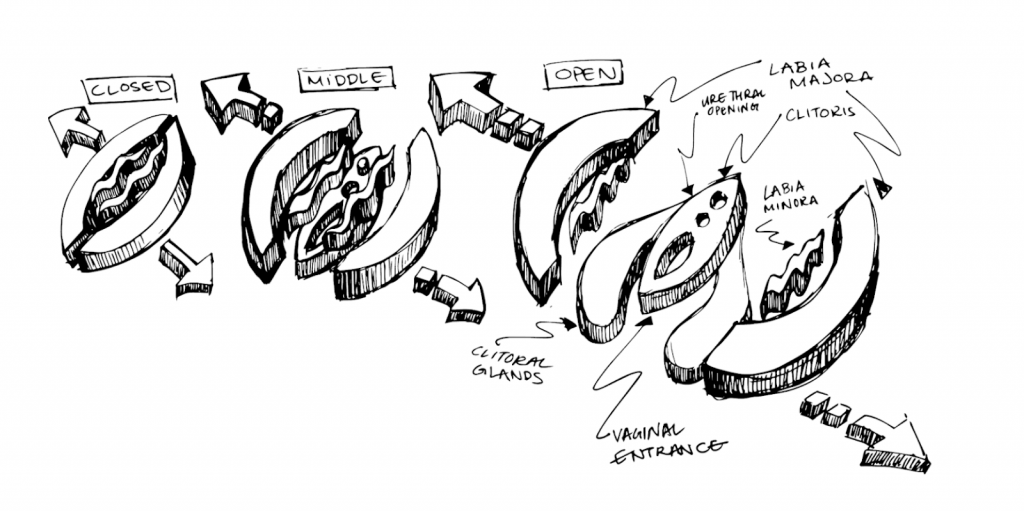
Initial Prototypes
In the initial prototypes, the team focused on designing a vaginal model. Prototyping with clay and cardboard, they created puzzle pieces of the female reproductive system. On top of the base, they added structures representing the opening of the vaginal canal, urethra, and clitoris. By putting the puzzle pieces together, the team hoped students would gain a better grasp not only of the structures, but how the system functions as a whole. By having interchangeable pieces, they also envisioned creating multiple labia and clitoris shapes, as inspired by the Great Wall of Vagina. After bringing this prototype to Maker Faire and gathering feedback, however, the team learned that it was difficult to understand a model that required assembly. Using clay or other moldable materials is not easily reproducible in settings with variable resources. It was quite challenging to build a dimensional model that had clear initial educational value without the need for supervision + explanation.

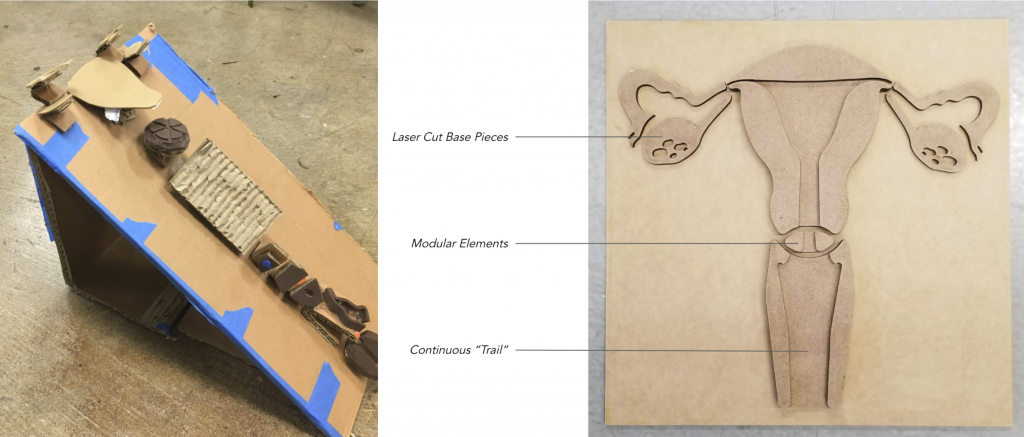
2nd Stage Prototypes and user testing
This led them to pursue a new model: An “exploded view” of the female reproductive system. The team hoped this new approach would retain the modularity of the previous idea, while showcasing every structure individually for more accessible learning.
A user-testing session was organized by Laura Millar with a few BVI folks from around the Bay Area. After an evening of discussing the model, the team came out of the session with a few insights. First, the interaction with the model prompted many folks at the session to share stories about their sexual and reproductive histories. A common sentiment they expressed was that they found the sex education they had received throughout their life — either from school, friends or family — to be inadequate. Additionally, the team found that the model should be much more robust. Given that the mode of use is primarily tactile, durability is one of the most important features required. Additionally, it was expressed that texture and contrast are as important as shape. For low-vision users, high contrast pieces can help to distinguish certain parts from each other.
Current project and future goals
The focus of the project has shifted away from academic research, moving instead toward a Community-based Participatory Research approach, wherein the goals and methods of the project are established by BVI community leaders. When working with focus groups to develop the didactic function of the model, the team found that there much work to be done in developing a trusting relationship between the BVI community and the research community before going forward with the model’s development. Using sex education as a framework, the project’s community leaders have decided to focus on researching consent and disability justice when approaching BVI & other disability communities.
The following are future goals the team has for this project:
1. Provide the option of making each structural component a button (cost allowing) that can be pressed for audio information.
2. Include braille overlays on the structures.
3. Create vacuum-formed molds that allow educators in variable settings to use the materials they have on hand to build dimension on top of our provided laser cut base — from putty to paper-mâché to silicone.
4. Include molds for creating interchangeable external structures (e.g. labia and clitoris) to emphasize the natural variation in genitalia. These can be designed to showcase the development of the vagina over the course of puberty, or perhaps simply acquaint students with the breadth of human diversity.
5. Expand these principles to include male and intersex / non-binary anatomy.
6. Finally, make these files available for free on a user-friendly site so makers, wherever they are, can begin to build Gena.


Note: Comments are held for review before publicly posted.

